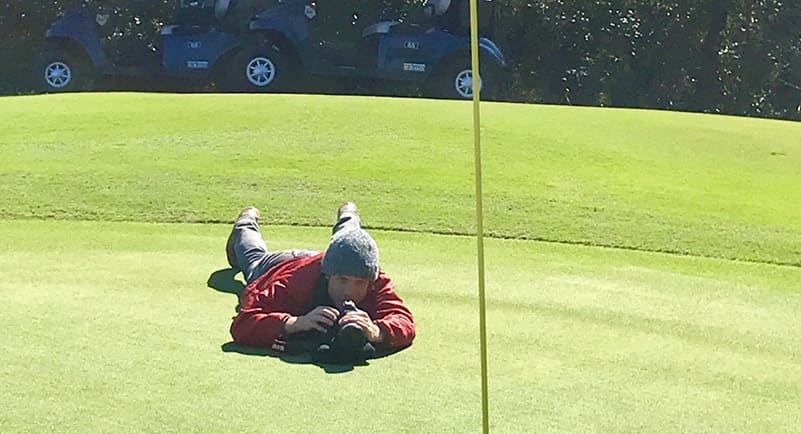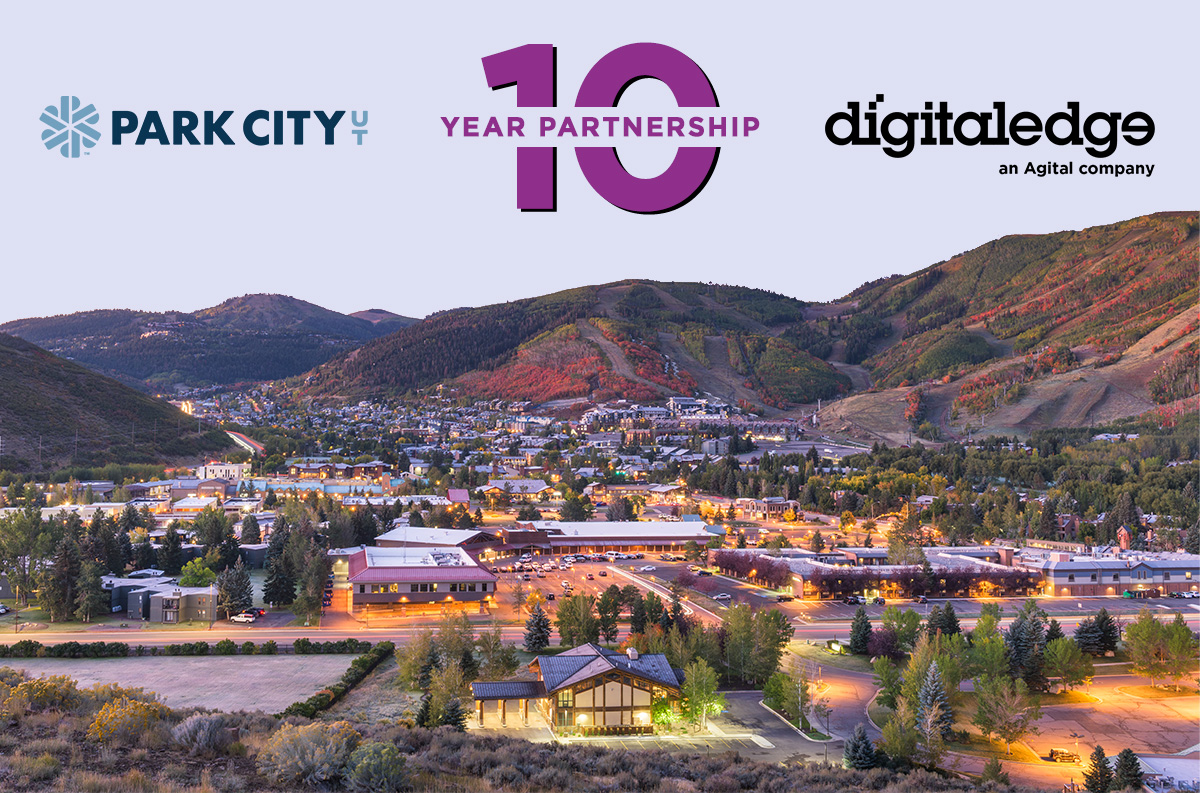If you’ve been following our blog, you’ve probably read some of our big picture studies on how to conduct a successful destination marketing film shoot. Like this one or that one.
Sure, we’ve stacked the bricks.
Now it’s time to fill in the mortar.
With your foundation for video production set, let’s dig a little deeper into nine lesser-known yet essential things you should know before setting off on a destination marketing film shoot.
It’s the little things that sometimes make the difference between a great day and a disaster.
Experience is the best teacher. We’ve taken on the headaches so you don’t have to:
1. First things first
When filming events, always film the most important areas with minimal attendees present towards the beginning. Get the bulk of the filming done. However, if the event includes fun activities such as live music, it can be good to wait until later in the event. Much of the time, the crowds of attendees can be much more lively towards the end of the night and the filming much more exciting, once folks are…we’ll say…more “settled in”.
2. Edit in real time
Don’t be afraid to pause an interview to tell the interviewee to speak over a line again, especially if the interviewee is speaking with relative comfort. This should only be implemented if multiple studders or blatantly incorrect language is used that would mar the interview as a whole (keep this footage, though, for humor back in the workplace). This will help speed up post-production efforts and allow for a better product. Again, this should be handled on a case-by-case basis, as all interviewees are not created equal, and that’s okay.
3. Don’t be afraid to say “no”
It’s okay to stand up for yourself and stick to the plan of action when appropriate. Be confident in your decisions. Sometimes it’s best to steer a client in the right direction with polite declination rather than folding to a last-minute idea they may have and potentially wasting valuable film hours.
4. Don’t get locked out
Seriously. You might laugh, but this actually happened to our team. Always check doors to see if they will lock behind you. This is key for special access areas. While we did have ample time to recover our efforts when this did happen, this could spell trouble for situations where time is of the absolute essence. Swing on the side of caution.
5. Film through the crev
When filming busy areas (like marketplaces) where bystander’s faces are in play en masse, focus the aperture on capturing lively details of the surrounding area with passersby blurred walking in the background. This allows for apt filming of the areas and shows it is well-attended without showing actual faces. Hard facts of life: it’s not always possible to have film releases on a large crowd. And not everyone is camera ready.
6. Choose your interview spots in advance
Do this as far in advance as possible. Don’t assume the removal of any guests will be allowed. Assume the guests will have the right-of-way, especially if you’re filming at a hotel or resort. Remember, the guests always come first and filming can’t hinder the guests experience.
7. Determine exact distances
Determine, especially if shooting an outdoor activity, the exact distances that must be traveled on foot. You don’t want to run into the issue of traversing exceptionally long distances with unnecessary equipment, much of which you may not use. Determine exactly which pieces of equipment you’ll need for each location. If equipment isn’t needed, have it in the traveling vehicle nearby in case a situation comes up. Map all of this out in advance and know how far you’ll be traveling. This is especially important when filming in the wilderness. Your back will thank you later.
8. Work with, not against, photographers
If you know that there will be photographers working alongside your crew, try and determine beforehand the workflow so that you don’t run into issues with getting in each other’s way. Remember, it’s not a WCW standoff with your team in the red corner and the photographers in the blue corner. No piledrivers necessary (unless the photographers are into that sort of thing). It’s about working together. And you’ll be much happier with each other if you come to a happy compromise as to how you can work together to capture the footage you need and stay out of each other’s way. Secret Pro Tip: If filming an activity with active participants, try and film first before the photographers if at all possible. You’ll capture a more naturally unfolding of events this way than filming the activities on their second go-round after the photographer(s).
9. Be prepared to flip the script
When possible (and when long distances of traveling on foot are not part of the equation), always bring any equipment that is in the realm of possibility for a particular film segment. If an interview is in question, even if the participant initially states they’re more comfortable doing an audio recording, bring the film equipment anyway. They may decide at the last minute they’ll face the lens. Who knows? They could receive the news they got accepted to be on Wheel of Fortune just moments before you arrive and could be ready to spin the wheel. This could be perfect practice.





